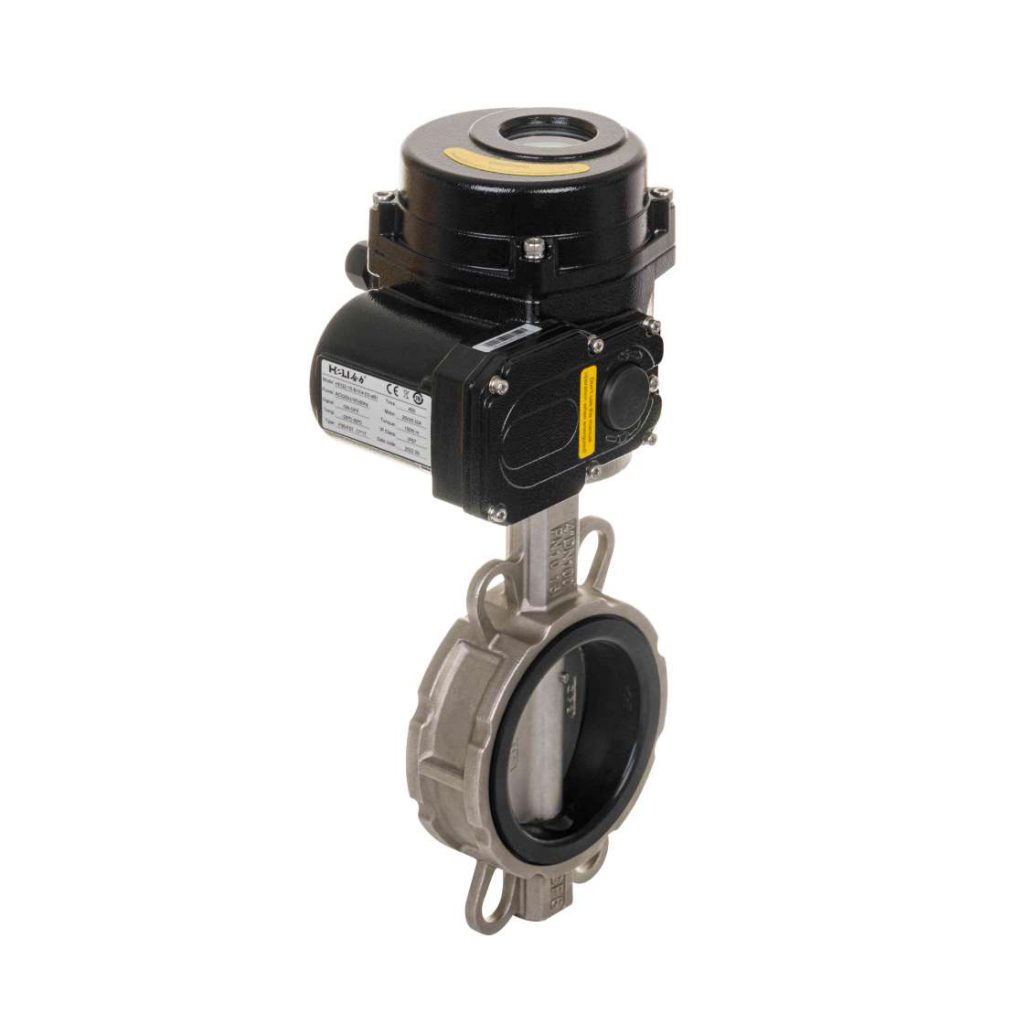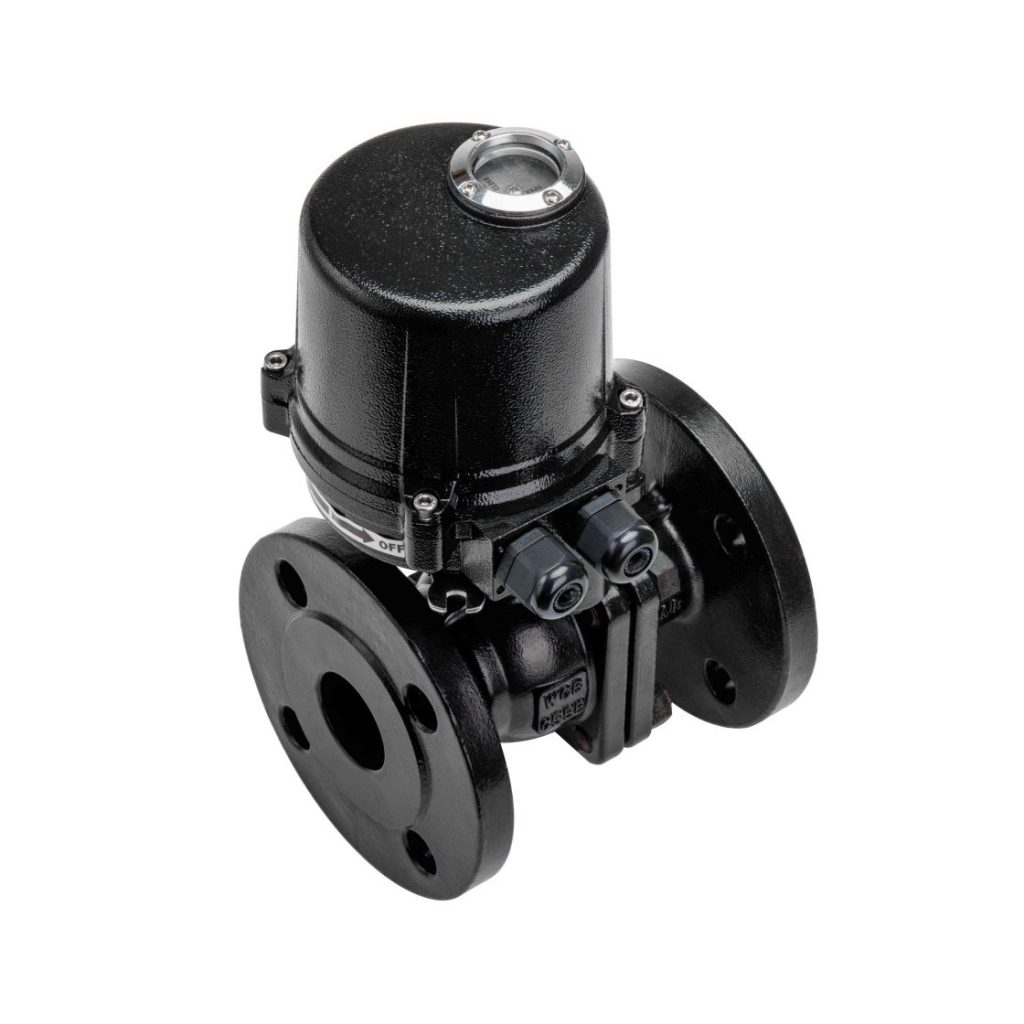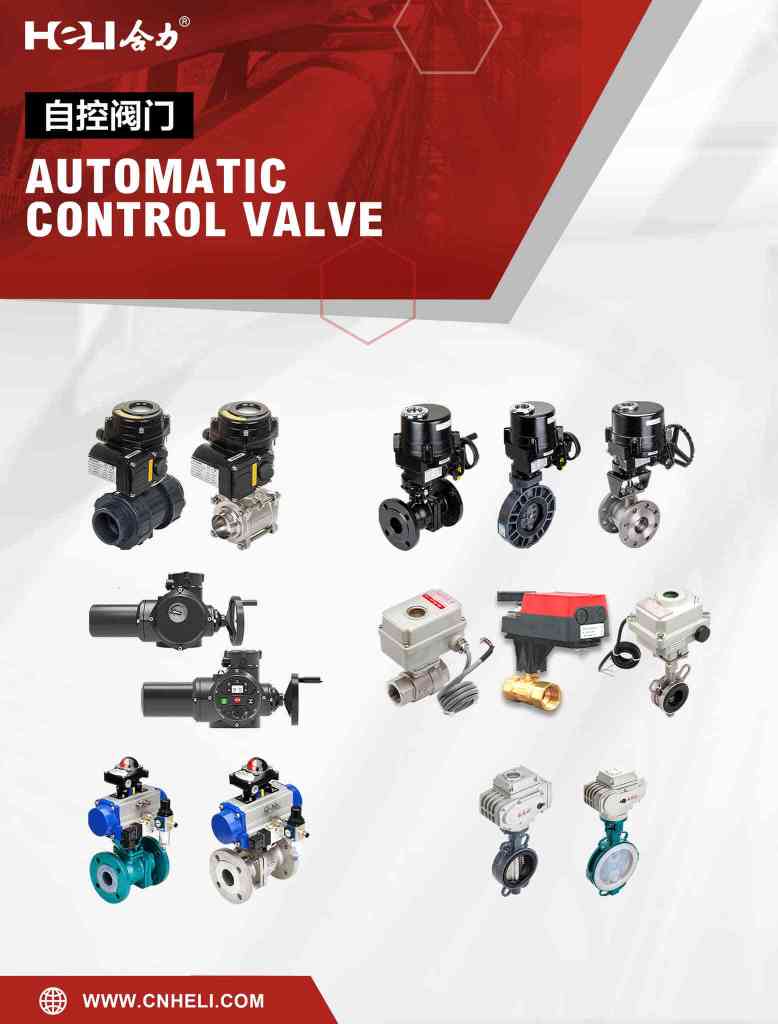Electric valves are essential components used in various industries to control the flow of liquids, gases, and other materials in a precise and automated manner. These valves are driven by electric actuators, offering reliable and accurate control with minimal human intervention. From industrial plants to HVAC systems, electric valves play a crucial role in streamlining processes, enhancing efficiency, and ensuring safety. In this article, we will explore the key features of electric valves, their working principles, and the wide range of applications they serve.

What is an Electric Valve?

An electric valve is a valve operated by an electric actuator. The actuator uses an electric motor or solenoid to control the opening and closing of the valve, regulating the flow of a medium through pipes or ducts. Electric valves are widely used in systems that require automated control and remote operation, offering significant advantages in terms of precision, speed, and reliability. The design of an electric valve typically includes several key components: the valve body, actuator, position sensors, and control circuitry. The actuator is responsible for converting electrical energy into mechanical motion to either open or close the valve. Position sensors provide feedback to the control system, ensuring the valve is in the correct position for optimal operation.

Leave a Reply